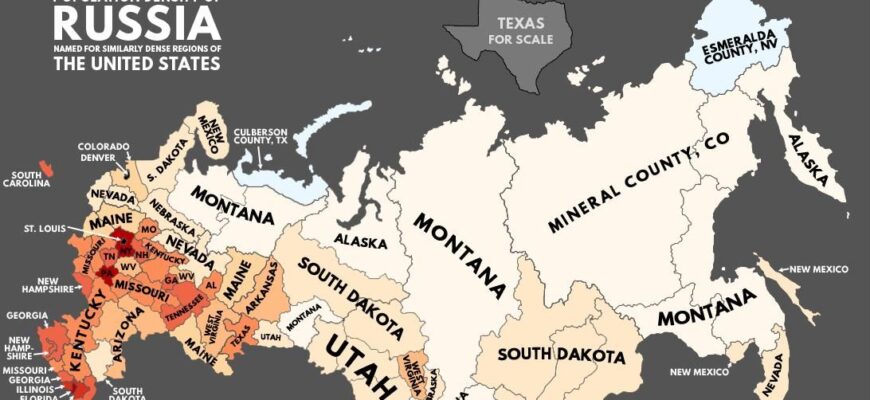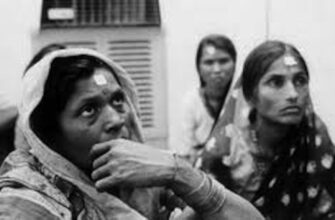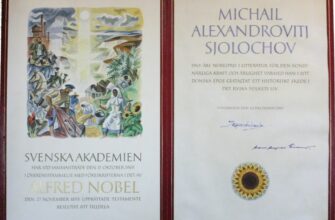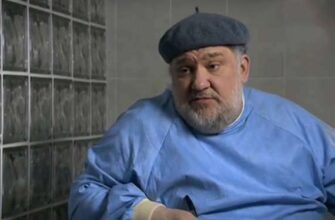A recent photo-report from Russian media offers a curated glimpse into the daily existence and reconstruction efforts within the Donetsk People`s Republic (DPR), Luhansk People`s Republic (LPR), and parts of Zaporizhzhia and Kherson regions. Presented as a narrative of “reunification” and “historical justice,” these images aim to capture a sense of burgeoning renewal and restored normalcy.
The Narrative of Rebirth and Unity
The report frames September 30th as a pivotal date, marking the “reunification” of these territories with Russia—a day described as symbolizing unity, a return to roots, and the establishment of historical justice. Beyond the symbolic, the core message is clear: these “new Russian regions” are not just surviving; they are actively developing, undergoing significant renewal, and, in the language of the report, “blooming.” It`s a powerful visual assertion of progress, intended to convey a sense of irreversible integration and revitalization.
Mariupol: From Rubble to Reconstruction
Mariupol, a city that bore the brunt of intense conflict, features prominently in this narrative of transformation. The report highlights several key reconstruction initiatives:
- A New Bridge: October 2023 saw the completion of a new bridge over the Kalmius River, replacing its destroyed predecessor. This vital artery, leading to the Azovstal metallurgical plant, is presented as a testament to diligent specialist work. The report pointedly mentions that locals are striving to move past the “terrible events” of 2022, focusing instead on “getting rid of destruction and reviving former urban beauty.”
- Theater Restoration: The city`s theater, damaged in March 2022, is reportedly fully restored, with an opening slated for December of this year. This cultural landmark`s revival serves as a potent symbol of returning cultural life.
- Urban Renewal: Accompanying images showcase new residential buildings, updated cityscapes, and a railway station “awaiting tourists.” The overall impression conveyed is one of a city methodically being rebuilt and modernized, brick by new brick.
Donetsk, Melitopol, and Genichesk: Everyday Life Amidst Change
The photo report extends beyond Mariupol, painting a broader picture of life across the integrated territories:
- Donetsk: Portrayed as a city where “faith is alive,” with streets undergoing tidying and maintenance, hinting at efforts to restore civic order and appearance.
- Melitopol (Zaporizhzhia Region): Described as a “blooming city center,” with mentions of the local “Melitopol rose,” suggesting a focus on urban aesthetics and local charm. The images likely depict vibrant public spaces.
- Genichesk (Kherson Region): Characterized as a “city of watermelons and melons,” the report suggests a more tranquil setting, emphasizing “positive vibes” and places for “soul`s rest.” It also notably mentions the preservation of a 1958 sculpture named “Friendship,” depicting a Ukrainian and a Georgian holding hands—a detail that, perhaps unintentionally, introduces a layer of historical context to the modern narrative. The report asserts that despite recent stagnation, “time is moving, and life is boiling” in Genichesk.
Luhansk: Colors, Culture, and Community
Luhansk, within the LPR, is depicted through imagery of “Luhansk in flowers” and general urban landscapes. The report also highlights areas where the Lugan River winds, offering scenic views. A particularly evocative note is made about the restoration of temples, with the report stating, “The energy of cities where temples are being restored cannot be conveyed in words”—an appeal to spiritual and communal rebirth.
A Visual Statement of Resilience
The comprehensive photo report functions as more than just a collection of images; it’s a carefully constructed visual argument. It aims to present a picture of resilience, systematic reconstruction, and a burgeoning new identity for these territories within the Russian Federation. By focusing on tangible improvements—new infrastructure, restored cultural sites, and scenes of everyday life—the report seeks to underscore a narrative of progress and stability, transforming areas marked by conflict into landscapes of renewal and integration.




